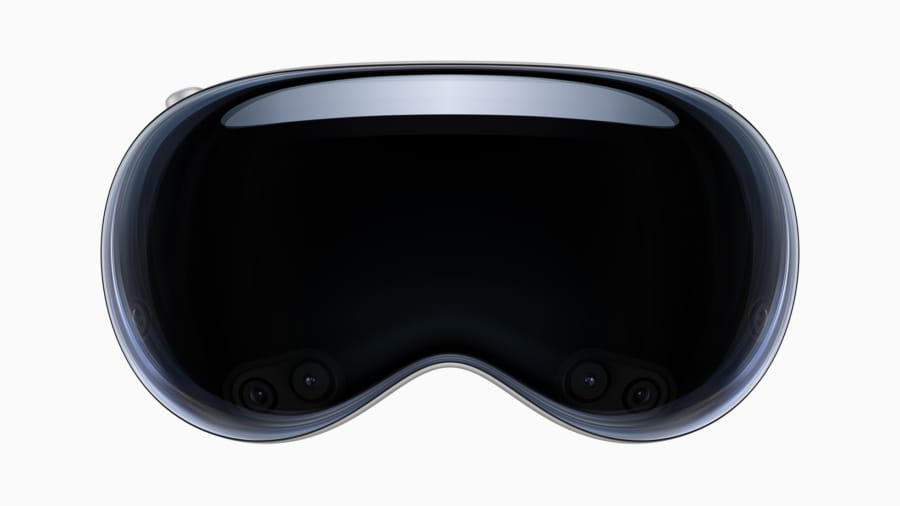Why Apple Vision Pro Launched without Physical Controllers
Ever since the launch of iPhone back in 2007, I’ve seen my fair shares of analysts losing their jobs —or losing their employers’ business prospect— over misconceptions on one thing, and one thing only: physical controllers. Be it may keyboard, stylus, mouse, there were always analyses on new products based on unfounded belief that it lacks a traditional physical input device.
Let’s rewind the clock to 2007. iPhone is just launched. Some critical reviews and future analyses are coming in, touting Apple’s conceit to sell full-touchscreen smartphones. These reports are asking for physical keyboards, physical stylus, and if all else fails, pressure-sensitive screen to work with gloves. Come back to 2024 for a moment. iPhone is still sold without a keyboard, let alone an official iPhone keyboard accessory, so goes for stylus, and pressure-sensitive touch screen isn’t even a thing for most smartphones. Apple was right in making a product that didn’t need an additional physical controller.
Let’s try again with 2010. iPad is just launched. Some critical opinions are yet again asking for keyboard and stylus. This time, however, Apple does relent and release physical keyboard and stylus for iPads in 2015. The company dubs them “pro”. I’m not going into dissecting whether or not iPad is a hit in Apple’s scale, but for a product line shipping 53 million units in 2020, Apple’s official iPad stylus, Pencil’s 1.5 million sales figure from the same year doesn’t support the extraordinary claim. If anything, the figures are indicative of iPad’s position as general-purpose tablet, and stylus being a niche alternative input device.
From technical standpoint, this isn’t Apple’s first rodeo to replace a general input device. Latest Apple Watch is now shipped with hardware and software to capture finger tapping, a feature that has been reserved mostly for accessibility. iPhone’s lack of stylus and keyboard could be another one such example. Not that input accessories for iPhone don’t exist, the demand for one is exaggerated in a product analysis.
Of course, Apple isn’t infallible in making product predictions. The California-based company has consistently failed to design a reliable “controller” for gaming purposes, let alone replacing it. In the early days of iOS, there were hints of accelerometer-based control scheme gaining supports, which is now more or less a rarity. Current Apple lineup does emphasize gaming to acknowledgeable degree, such as AAA games from various platforms getting ported over, with much more conservative take on control schemes. However, none of the devices share streamlined control schemes across the board. On iPhone and iPad, touchscreen-based mobile games take charge, while on Macs, the old-fashioned keyboard and mouse is still the way to go, and on the latest Apple TV’s frontline, controllers from competing platform are the norm. In the real world, this often translates one universal app for iOS, macOS, and tvOS, may have three separate control schemes. To get one control scheme right is hard enough, to get keyboard and mouse and controllers to play nice is a commendable effort, and to get more than two is nearly impossible.
It is my guess, an educated guess I hope, lacking an input device wouldn’t drag the wider adoption of Vision Pro. Whether secret handshakes will replace the general input device is irrelevant. Touchscreen has seen wider adoptions in both general purpose and gaming, but it has not depreciated neither the controllers nor the keyboard and mouse. Likewise, the infamous touchscreen-based platforms, notably mobile platform, takes up more than half of current gaming market. Touchscreen on smartphones did not replace nor stall the adoption; it only offered a new pathway to interact with a device. I suspect hand tracking will be of similar effort.
